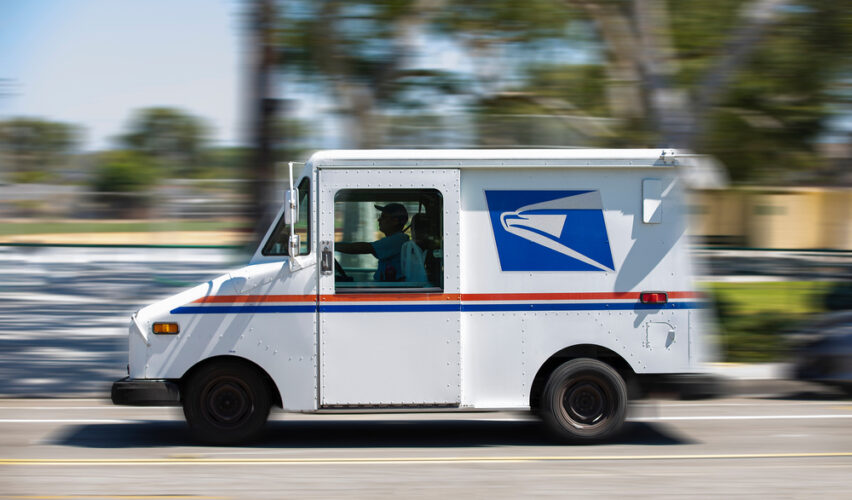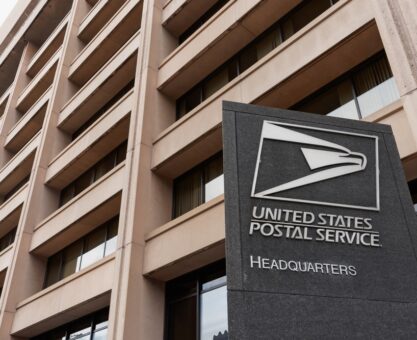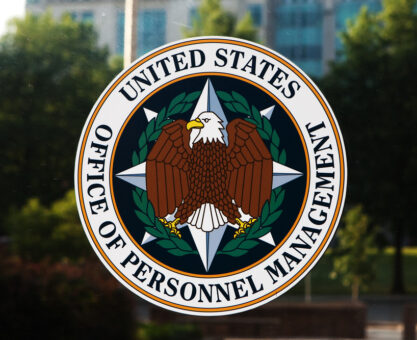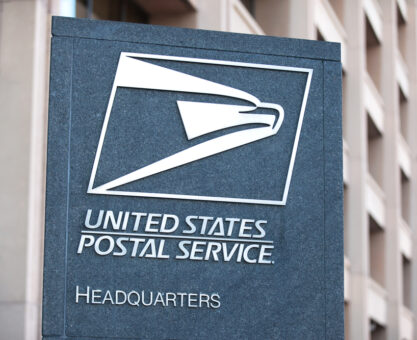The United States Postal Service (USPS) traces its origins to 1775, when the Second Continental Congress appointed Benjamin Franklin as the first Postmaster General to establish a reliable communication network during the American Revolution. The postal system was critical for coordinating colonial efforts and delivering military correspondence.
The Post Office Act of 1792 formalized the postal system, expanding post roads and establishing rates based on distance and weight. By 1800, the USPS operated 903 post offices, serving a growing nation. Stagecoaches and horseback riders, including the short-lived Pony Express (1860–1861), delivered mail across vast distances.
The introduction of adhesive postage stamps in 1847, followed by registered mail (1855) and money orders (1864), modernized services. The transcontinental railroad (completed in 1869) and steamboats accelerated mail delivery. Rural Free Delivery (RFD), launched in 1896, brought mail directly to rural homes, transforming access for farmers.
In 1869, Mary Fields, known as “Stagecoach Mary,” became one of the first African American women postal carriers, delivering mail in Montana’s rugged terrain. She was renowned for her reliability and grit.
Airmail began in 1918, with pilots navigating by landmarks. The ZIP Code system, introduced in 1963, streamlined sorting, and automated processing machines in the 1980s increased efficiency. The Postal Reorganization Act of 1970 transformed the Post Office Department into the USPS, an independent agency.
Modern Challenges: The rise of email and digital communication since the 1990s reduced first-class mail volume, straining USPS finances. Despite this, the USPS remains a critical infrastructure, delivering 127.3 billion pieces of mail in 2024 and serving as a major e-commerce logistics provider, handling 36% of U.S. parcel volume.
The USPS employs about 630,000 workers, including 522,000 career employees, making it one of the largest civilian employers in the U.S. Postal workers include letter carriers, clerks, mail handlers, and rural carriers.
In 2024, over 5,800 letter carriers were bitten by dogs, with Los Angeles reporting the highest incidents (65). The USPS runs an annual Dog Bite Awareness Campaign, advising pet owners to secure their dogs during mail delivery.
Some postal workers serve remote areas via unconventional means. In Supai, Arizona, mail is delivered by mule train to the Havasupai Tribe in the Grand Canyon. In Alaska, carriers use bush planes or snowmobiles.
Rural carriers often use personal vehicles, marked with a red beacon, and some drive over 100 miles daily. City carriers may walk up to 12 miles, carrying 35-pound satchels. Mail handlers at processing plants move 600,000 pieces of mail per hour during peak seasons like December.
Today, we celebrate our dedicated postal workers who remain a vital thread in American life, blending tradition with adaptation to modern demands.



























